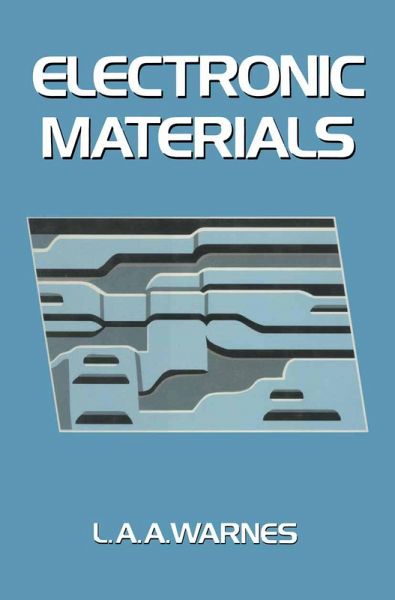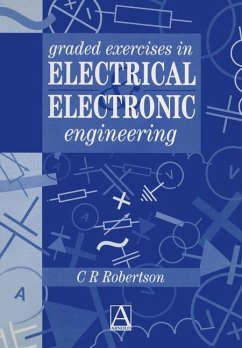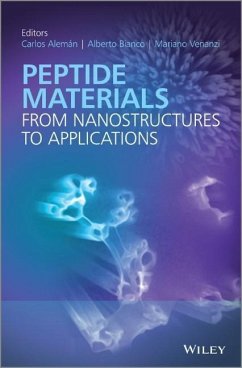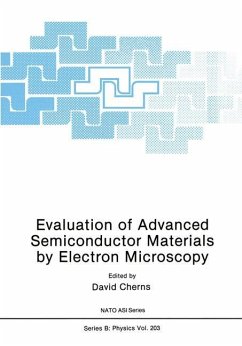
Electronic Materials

PAYBACK Punkte
19 °P sammeln!
The importance of materials science for the progress of electronic techno logy has been apparent to all since the invention of the transistor in 1948, though that epoch-making event was the result of far-sighted research planning by Bell Laboratories dating from a decade or more before: no mere chance discovery, therefore, but the fruition of work which allotted at its inception a vital role to materials. The transistor is now very old hat, but new materials developments are continually triggering fresh develop ments in electronics, from optical communications to high-temperature superconducto...
The importance of materials science for the progress of electronic techno logy has been apparent to all since the invention of the transistor in 1948, though that epoch-making event was the result of far-sighted research planning by Bell Laboratories dating from a decade or more before: no mere chance discovery, therefore, but the fruition of work which allotted at its inception a vital role to materials. The transistor is now very old hat, but new materials developments are continually triggering fresh develop ments in electronics, from optical communications to high-temperature superconductors. Electronic engineers are now given at least two courses in materials as part of their degree programme. This book arose from a series of forty lectures the author gave to the third year students on the Extended Honours Degree Course in Electronic and Electrical Engineering at Loughborough University, though additional elementary material has been included to make the book suitable for first year students. The biggest problem in such a course is deciding what must be left out, and this I am afraid I shirked by leaving out all those areas which I was not familiar with from my days in the Ministry of Aviation, the semiconductor device industry and as a graduate student and research worker. I hope that what remains is sufficiently catholic.














